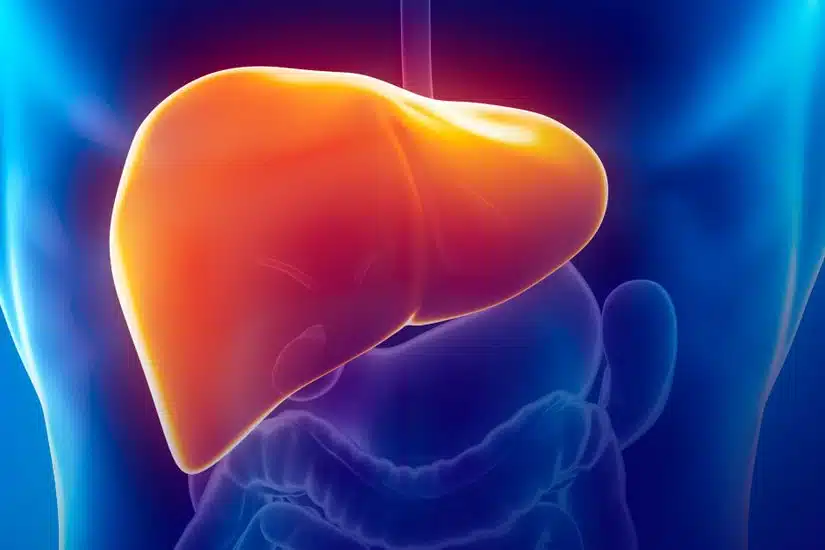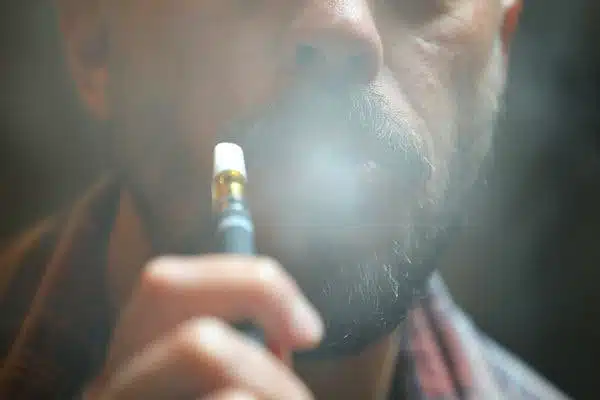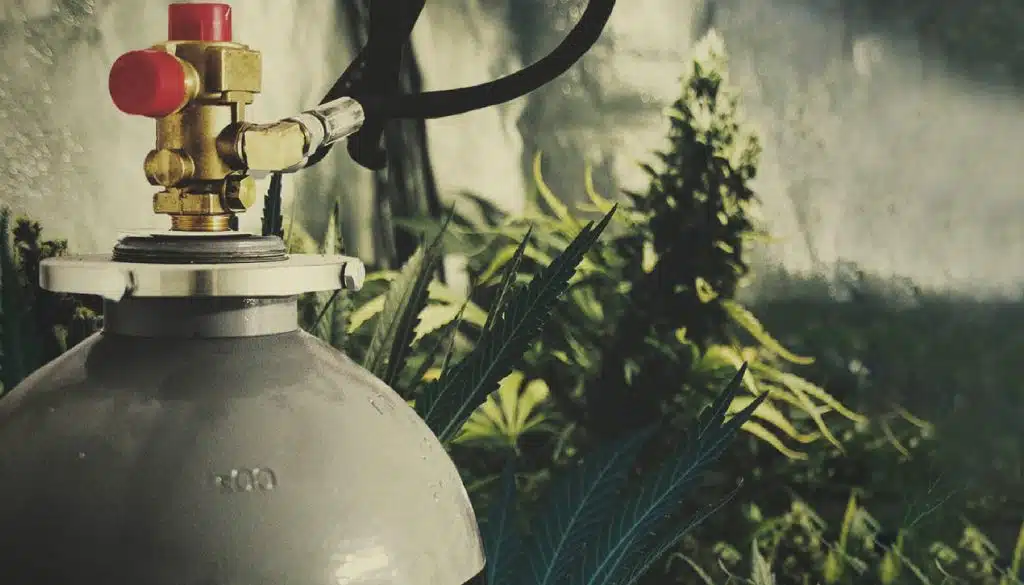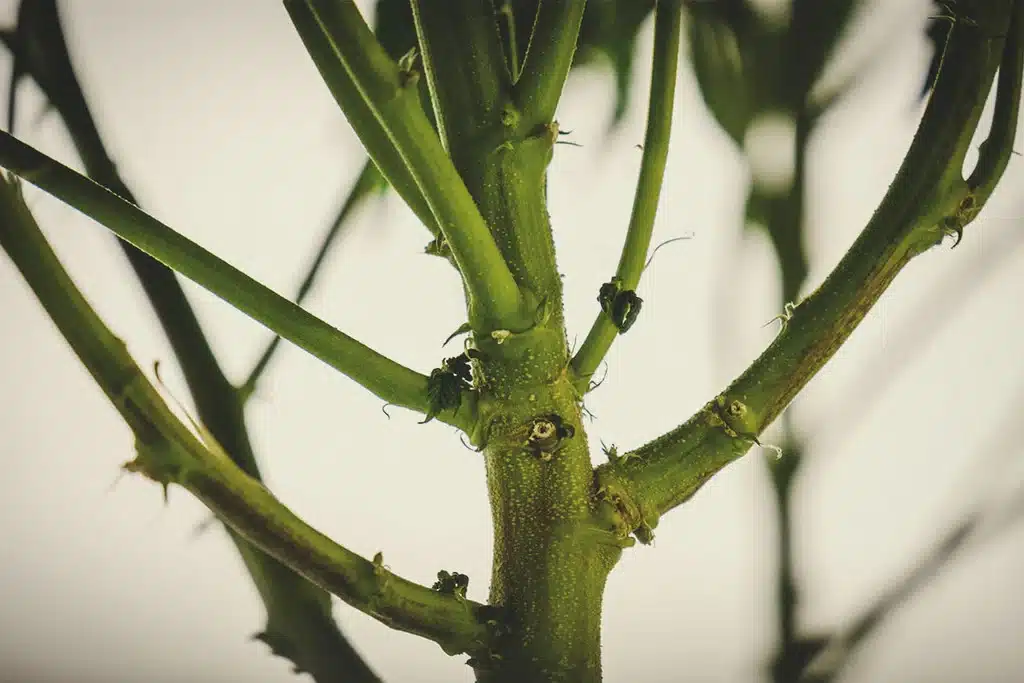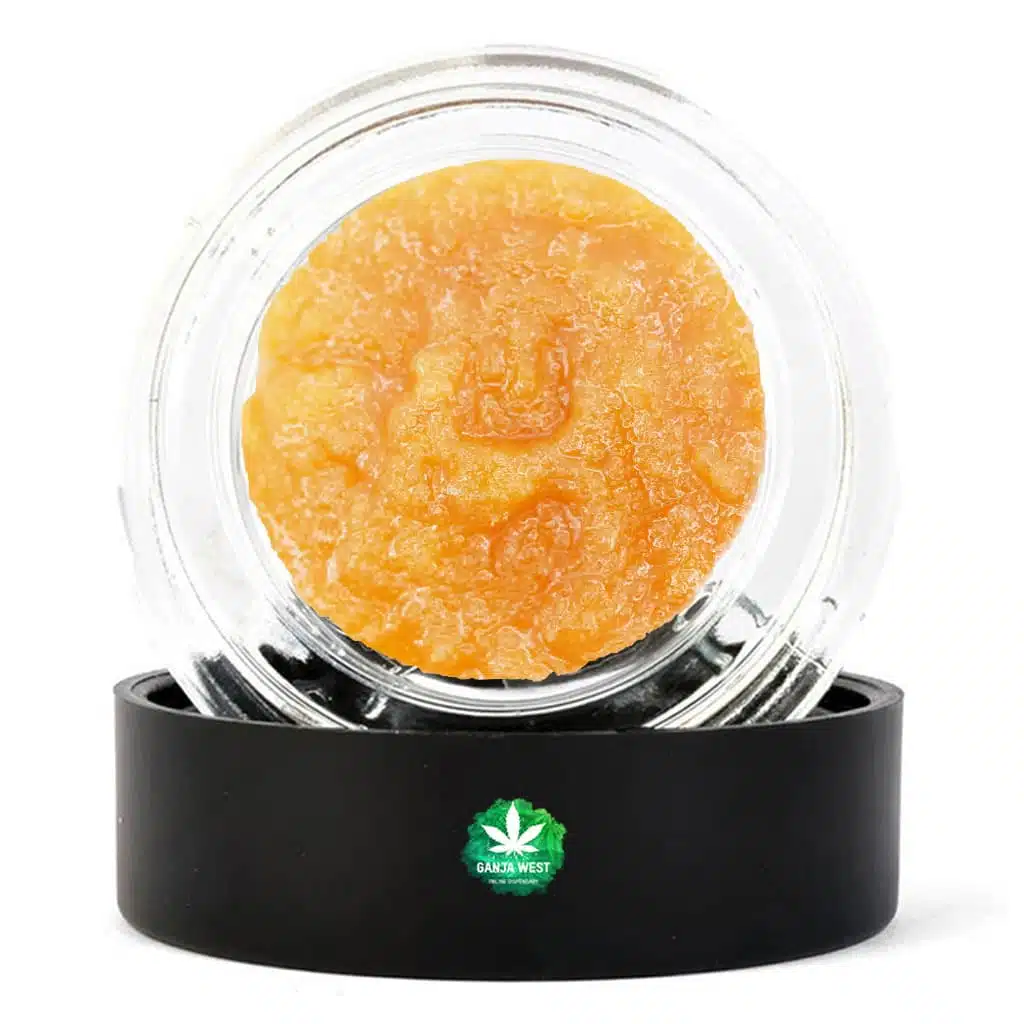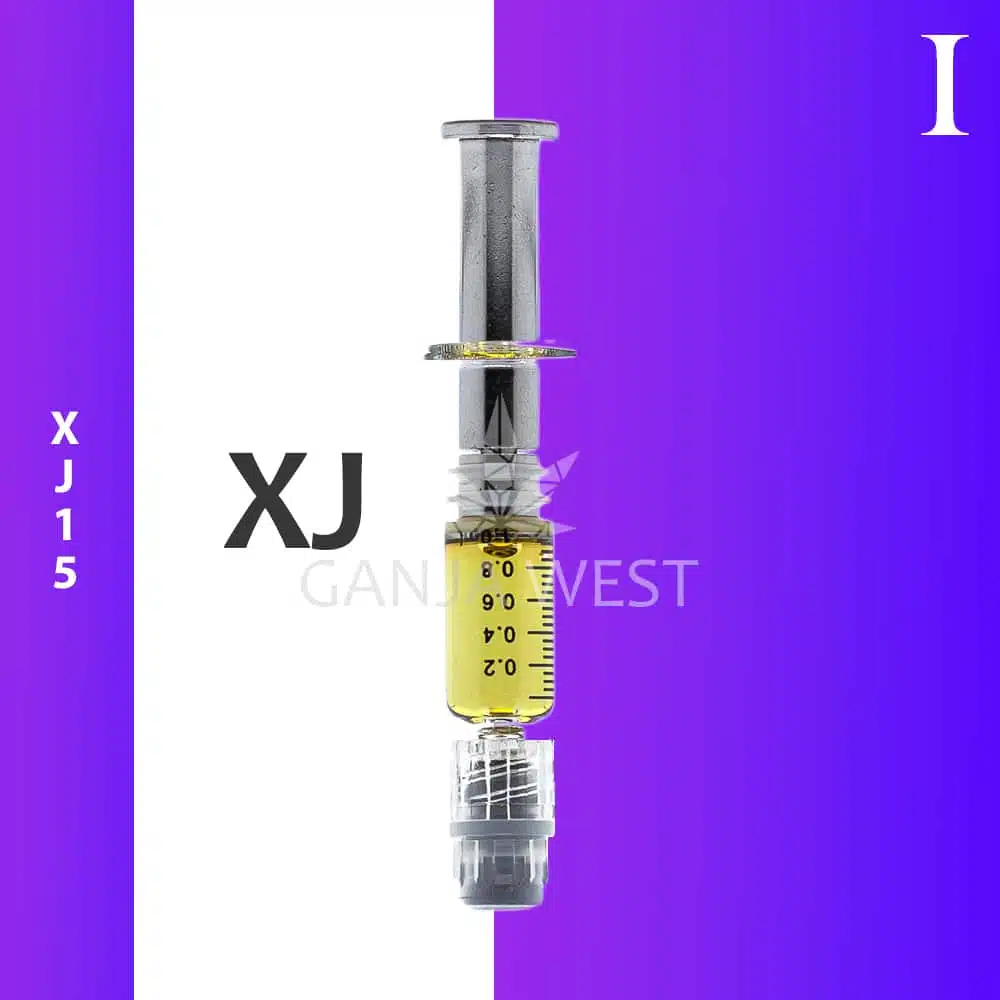Marijuana 101: The Anatomy Of The Plant
Marijuana 101: The Anatomy Of The Plant
When you think about cannabis, you usually only think about the buds that are ready to be smoked. But there is so much more to the cannabis plant than that. Each part of the plant plays a role in creating the desired end product, and that includes the buds. We’re going to take a look at the anatomy of a marijuana plant, and how the buds we so desire start from a budding seed and transform into a thriving ecosystem of life and nurture.
Male and Female Plants
Marijuana plants are just like other mammals in the world- they can be male or female, but unlike animals, where male and female are equal, cannabis plants have different anatomy. Male plants play an important role in the breeding process, and without them, the female plants wouldn’t be able to reproduce. That being said, male plants have different traits than female plants, and when chosen for breeding, it’s important to choose a strong male plant so his genes will be passed on to the new plants. When a strong male plant is chosen for crossbreeding, his attributes will follow into the breeding cycle, such as strong health, pest and mold resistance, and a fast growth rate. Male plants may not have as big of an impact on the most important part of the cannabis plant- the potency and flavor of the buds- but they’re still a valuable option for auto-flowering strains. Choosing a strong male plant for breeding will influence the growth patterns of the flowers, which allows for the buds to retain their potency and flavor.
Female plants are responsible for producing the resin-covered flowers that are used to create high-quality buds. Pollination by male plants begins the seed production process, with the buds from female plants known as sinsemilla.
Cannabis Seed
Seeds provide the life force for cannabis plants and their anatomy, and when planted in the right soil and given the right care, the seeds will begin to grow into healthy plants. Health seeds have pointy ends and flat ends, and are rigid and have a tough outer casing to protect the inner embryo. Seeds come in a variety of sizes, depending on their genetics, some being very small and lightweight while others appearing larger and heavier. Within the seed there is an embryo of the plant, which is what gives the plant its life and sustenance. Other important elements of the seed include the root (or radicle), which is located at the bottom of the seed, and the cotyledons, which are the fat, round leaves that contain the food reserves for the seed and its early development. The apical tip, or top of the seed, is also important, as it is where you first see the growth of the plant when it is germinated. Proper care for the seed at the beginning stages is vital for the growth of the cannabis plant as a whole.
Roots
Cannabis plants and their anatomy have extensive root systems that play vital roles in their growth and survival. When cannabis seeds germinate, the taproot is the first root to emerge. This root grows downward and searches for key sources of sustenance such as moisture and nutrients, while also establishing a colony in the substrate. When looking at the complete root system of a cannabis plant, it provides various benefits to the plant, such as anchoring it in the substrate, providing water and nutrients, and storing resources like sugars and starches.
Cannabis has three main root systems that contribute massively to the health and well being of the plant. Each one of these root systems offers the plant a variety of different aspects that help turn the plant into a budding beauty. The first root system is the tap root, which grows underneath the soil and branches off into branches as it grows. When these branches begin to grow there is a second type of root known as the fibrous roots, which branches off from the tap root. Fibrous roots also begin to grow a network of roots underneath the soil which is a similar size to the upper part of the plant. Third is the adventitious roots, which are thick and what makes it possible for the grower to reproduce plants by cutting portions of it off and cloning them. The root system of a cannabis plant requires a fine balance of moisture and air to grow properly and be healthy, so if it is applied correctly, the roots should look thick and bright white.
When a seed starts to grow, the tap root system is the first system to activate. This system grows the fibrous root system, which is important to know because cloned plants don’t have a tap root system. Instead, they start with the adventitious root, which develops the fibrous root system.
The root crown is an important part of the marijuana plant, and it plays a significant role in the plant’s growth. It is the dividing point between upward and downward growth, and it is where the vascular system switches from roots to stems. Additionally, the root crown is where the majority of cell division takes place in the marijuana plant.
Stems and Nodes
The stem is the backbone of the cannabis plant and the vascular system within it is what helps the plant to stand and support its weight throughout its transformation. Inside the stem is a network of cells that deliver moisture and nutrients to the roots and the leaves. The sugar and starches that are produced by light are transported by the phloem cells. The stem has nodes, which are the primary area where the flowers begin to sprout. When cutting for a clone, growers always make sure there is at least one node present. Nodes are the area where the most growth happens on the plant.
The Leaf
Cannabis leaves are one of the most recognizable symbols of the plant. They come in many different shapes and colors, and serve a variety of purposes. Some leaves are darker on the upper side to help absorb sunlight, while other leaves have lighter areas on the top to help regulate temperature. The stomata on the leaves open and close to regulate moisture levels, which helps the plant grow and survive.
Flower
As we discussed earlier, the male and female versions of the cannabis plant have different reproductive organs and play different roles in the marijuana plant. Male plants are not commonly grown, unless you are breeding plants, while female plants produce the desired flower buds. When identifying between a male and female flower, the male flower resembles green balls on sticks, with five pedals. They are long in size and release their pollen quickly. Female flowers, on the other hand, contain tight clusters of small petals that look like a small teardrop, and these petals contain ovaries and pistil. Once the pollen from the male plant is transported to the ovary, it forms the seed, which then matures after about 4-6 weeks. These seeds are then used to start the cannabis growth stages, and ultimately produce the end product of cannabis buds.
Trichomes
Cannabis plants and their anatomy produce high levels of trichomes which is believed to help protect the plant and flowers from things such as UV light, insects, animals, and hot temperatures. There are two types of trichomes found on the cannabis plant, the glandular and non glandular trichomes. Non glandular trichomes contain no trichome head or gland and are grown on stems, leaves and petioles. Glandular trichomes are more complex and are broken down into three main types, bulbous which is the smallest and has the least amount, capitate-sessile which are larger and grow lower and close to the leaf surface, and lastly the capitate-stalked which is the largest of the glandular terpenes and have the highest concentration on the cannabis flower and produce the strongest cannabinoid content. During the marijuana plant anatomy the trichomes begin once the plant starts its bloom phase, when the flowers start to produce the trichomes move from the outer surface and transport things called vacuoles and plastides from within their stalk directly into the gland head. The cells then in the gland head metabolize and create percurors which then eventually transform in cannabinoids. When it comes to how much trichomes a cannabis plant produces, you have to factor in both genetics and environmental factors. Things such as UV light can have a strong influence on the cannabinoid and terpene synthesis within the trichome head.
Conclusion
If you are interested in cannabis and THC products, check out Ganja West online dispensary at ganjawest.co!


